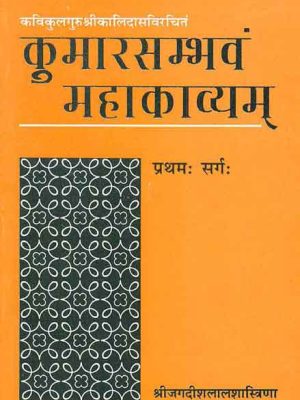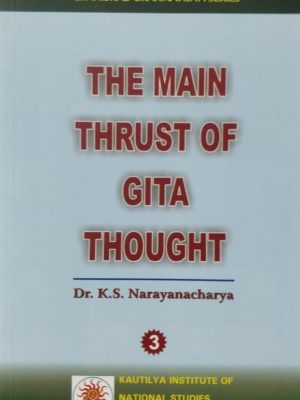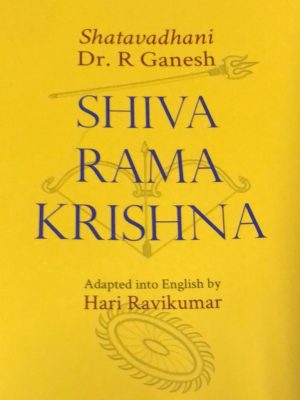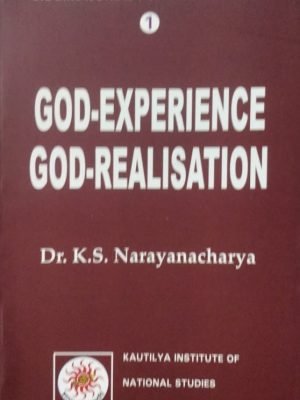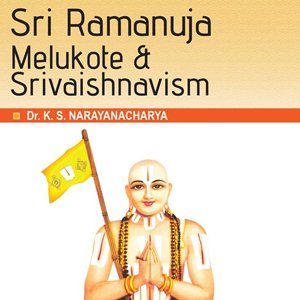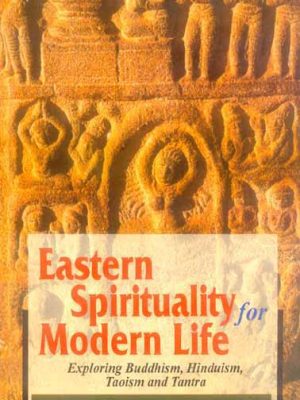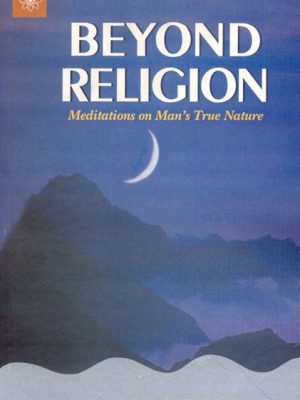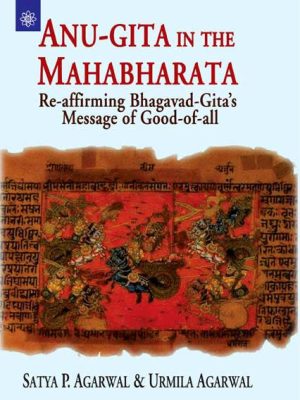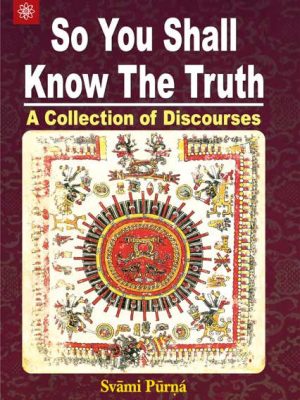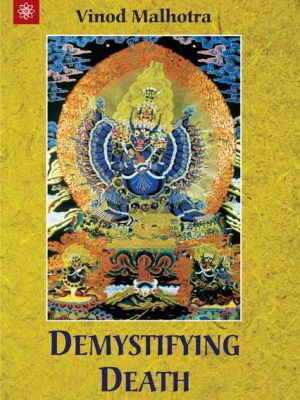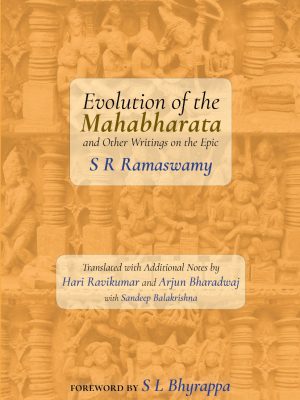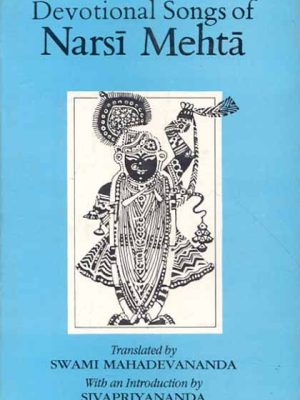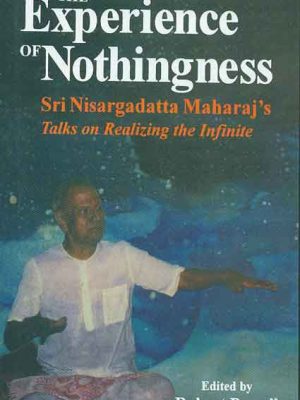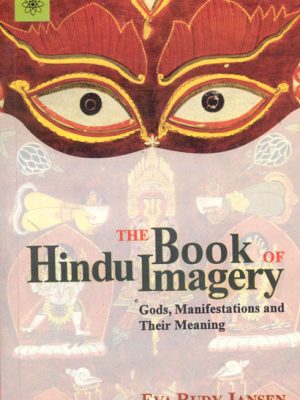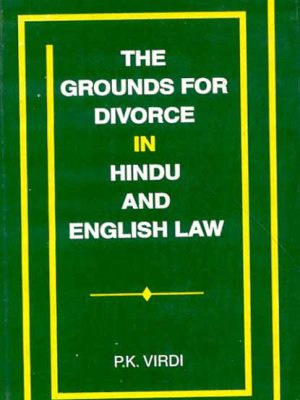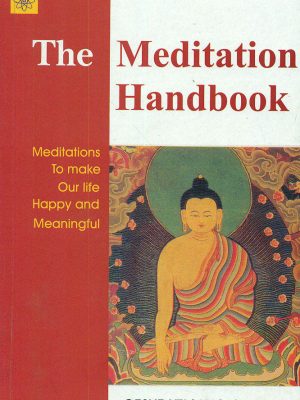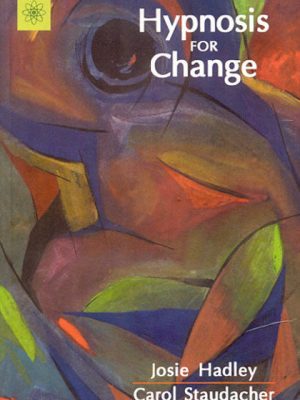Indology, History and Hinduism
-
-
Shiva Rama Krishna
Shiva-Rama-Krishna is an English adaptation of Śatāvadhāni Dr. R Ganesh’s popular lecture series on the three great heroes of our tradition. This work focuses on the human values that we can learn from the lives of Shiva, Rama, and Krishna.
₹113.85Shiva Rama Krishna
₹113.85 -
-
Anu-Gita in the Mahabharata: Re-affirming Bhagavad-Gita’s Message of Good-of-all
Anu-Gita in the Mahabharata: Re-affirming Bhagavad-Gita’s Message of Good-of-all
The purpose of writing this book is to make available to English-knowing readers, an easyto-read version of Anu-Gita. Although Anu-Gita is an important part of the Maha-bharata, it has so far not been presented in a simple form to common people, with the result that most people do not even
know that such a book exists. The prefix ‘Anu’ denotes ‘after’, so Anu-Gita literally means ‘Gita occuring after’. In the Mahabharata, Bhagavat-Gita occurs in Parva No. 14. (In all, there are 18 Parvas in the Mahabharata).
It is well known that the Gita was taught by Lord Krishna to Arjuna on the battle field of
Kuruksetra. So it was a time of crisis at the time of Anu-Gita. In fact, the Mahabharata war was over and peace was established in the Kingdom, under the rule of Yudhisthira (whom every one including Arjuna supported).
But the format of Anu-Gita is different from that of the Gita. In the Gita, there was dialogue between Krishna and Arjuna. On the other hand, in Anu-Gita, Krishna makes use of three ancient
dialogues. Because of this, Anu-Gita has a lot of repetitions, which have made it longer than the
Gita. For example, Anu-Gita has thirty-six chapters (compared to eighteen chapters in the Gita), and 1040 shlokas (compared to 700 shlokas in the Gita). In order to present Anu-Gita in an easy-to-read version, the authors have omitted the repetitions, and have selected 400 shlokas. But they have retained all the main teachings of Anu-Gita.
Most people (even in India) have not heard the name of Anu-Gita. This is so because, although Anu-Gita is an important part of the Mahabharata, no scholarly study of it, in a simple language, has so far been published. This gap will be filled by this pioneering book, which explains under what circumstances was the Gita taught by Lord Krishna to Arjuna, for the second time. This book is divided into two parts. Part I presents the Sanskrit-shlokas of Anu-Gita, along with their translation in simple English. Part II explains the main points of similarity, as well as dissimilarity, between Gita and Anu-Gita.
Author
Satya P. Agarwal
₹250.00 -
-
Evolution of the Mahabharata
Evolution of Mahabharata and Other Writings on the Epic is the English translation of S R Ramaswamy’s 1972 Kannada classic ‘Mahabharatada Belavanige’ along with seven of his essays on the great epic. It tells the riveting story of arguably the greatest academic achievement of the twentieth century: preparation of the Critical Edition of the Mahabharata by V S Sukthankar and his team of scholars at the Bhandarkar Institute.
Technical Details
1. Pages : 400 ( Hardbound )
2. Subbu Price : 249/- with free shipping₹286.35Evolution of the Mahabharata
₹286.35 -
-
The Book of Hindu Imagery: Gods and Their Symbols
The Book of Hindu Imagery: Gods and Their Symbols
Hinduism is more than a religion; it is a way of ife that has developed over approximately 5 milennia. Its rich and multicultured history, which has no equivalent among the great religions of the world, has made the structure of its mythical and philosophical principles into a highly
differentiated maze, of which total knowledge is a practical impossibility.
This volume cannot offer a complete survey of the meaning of Hinduism, but Eva Rudy Jansen does provide an extensive compilation of important deities and their divine manifestations, so that modern students can understand the significance of the Hindu pantheon.
To facilitate easy recognition, a survey of ritual gestures, postures, attires and attributes as well as an index are included. Over 100 illustrations and several photographs make this book an important
reference, both to the student of Hindu art and the interested amateur.
About the Author(s)
EVA RUDY JANSEN
₹295.00 -
